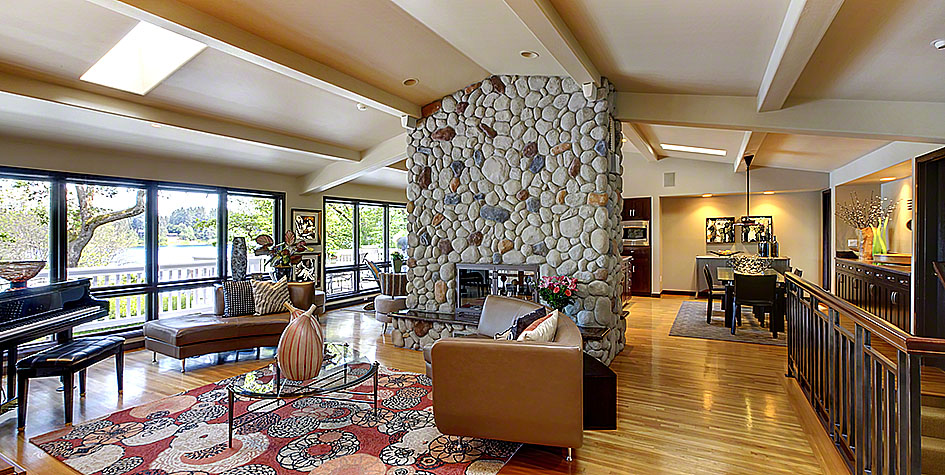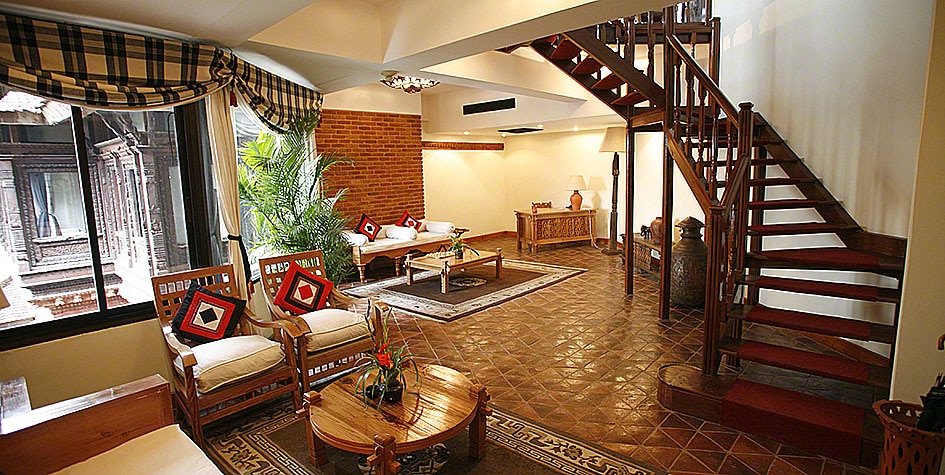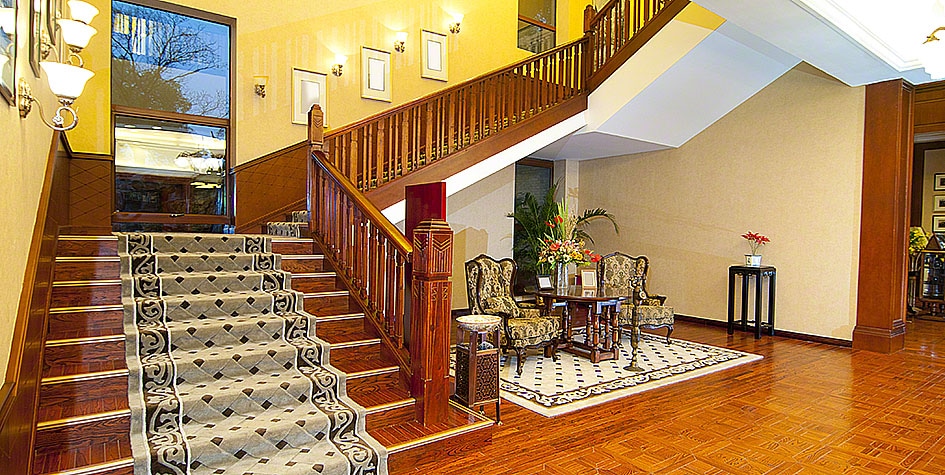Buying antique rugs is a real piece of work because you have to be careful about so many things. Identifying an antique piece of rug can require a lot of knowledge about the history and the ability of nitpicking. Here are a few tips to keep in mind when identifying an antique rug.
Look Out For Woven Dates
The most basic thing you can do when buying an antique rug is to look for the date it was manufactured. Usually, the old rugs are woven into the dates they were born and looking for those dates in the whole rug can determine whether the rug you’re buying is actually antique or not. However, this process is not very authentic as there can be many alterations and frauds in the market to put up fake dates.
Differentiating Between Handmade and Machine-Made Rugs
Identifying the authenticity of an antique rug can be done by determining if it is actually handmade or machine-made. Something that is very common that is used in synthetic rugs is the use of the material. They use nylon and polyester pile for weaving through a machine rather than the wool or silk that is used in handwoven rugs. Flipping the rug over and seeing very uniform knotting means that the rug is machine-made. It can also be differentiated if there is netting underneath the rug which means the rug is glued and fake.
Look For Classic Designs
An antique rug should be a piece of history and the classical design on a rug shows that. The designs variate from rug to rug that may have come from different countries like India, Iran, China and Turkey. The key elements of classical design must be identified as:
- Central medallions and rosettes must be the focal point
- Paisley designs should be visible
- Symmetrical rugs
- Consistent design
- Fringed and bounded edges
- Made of pure wool
- Classical colors like red, blue and black
Origin of the Rug
It is a well-known fact that the handmaid rugs were originally made in Persia hence only rugs from Persia are known as antique. When you go to the market and see rugs on sale, you must know that only antique rugs are those that originated from Persia. Countries like Pakistan and India and even Turkey have adopted this art. Know the origin of the rug you are about to buy.
The Weaving Style
The weaving style of a rug tells a whole tale about it. Experts can easily determine where the carpet originated from just by taking a look at the weaving. The material of the antique rugs like wool, jute or cotton is important too but the weaving style is much more important. The old people constructed the rugs in a number of different ways.
- Flat-woven: This method involves in the interweaving of the two fibers called weft and warp respectively. The naturally woven rugs won’t show any signs of fiber end or a pile on the surface and will give a clean and flat view of the rug.
- Hand-knotted: As its name suggests, the hand-knotted is the most ancient technique used for making rugs by tying up fiber pieces around the weft. The hand-knotted rugs can be easily identified when they are flipped over. You can see every single knot that is tied up to make that fabric.
- Braided rugs: This is not necessarily a Persian ancient rug making technique but more ancient American where the fibers are woven together in a braid style like a spiral.
That’s it. Do check out these things when you are buying rugs on sale Northern VA and you’ll be okay.
Topics #antique rugs #braided rugs #flat woven rugs #hand-knotted rugs #Persian rugs #rugs buying tips #rugs store










